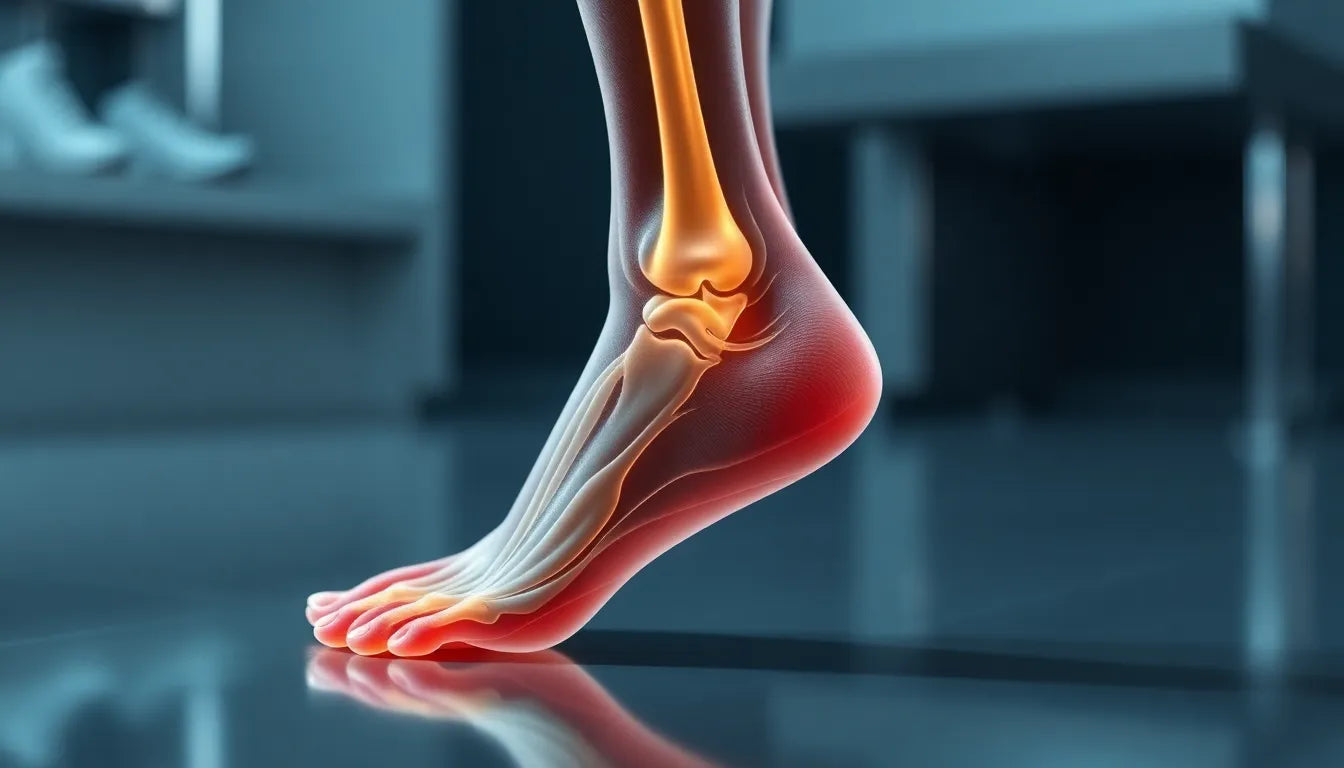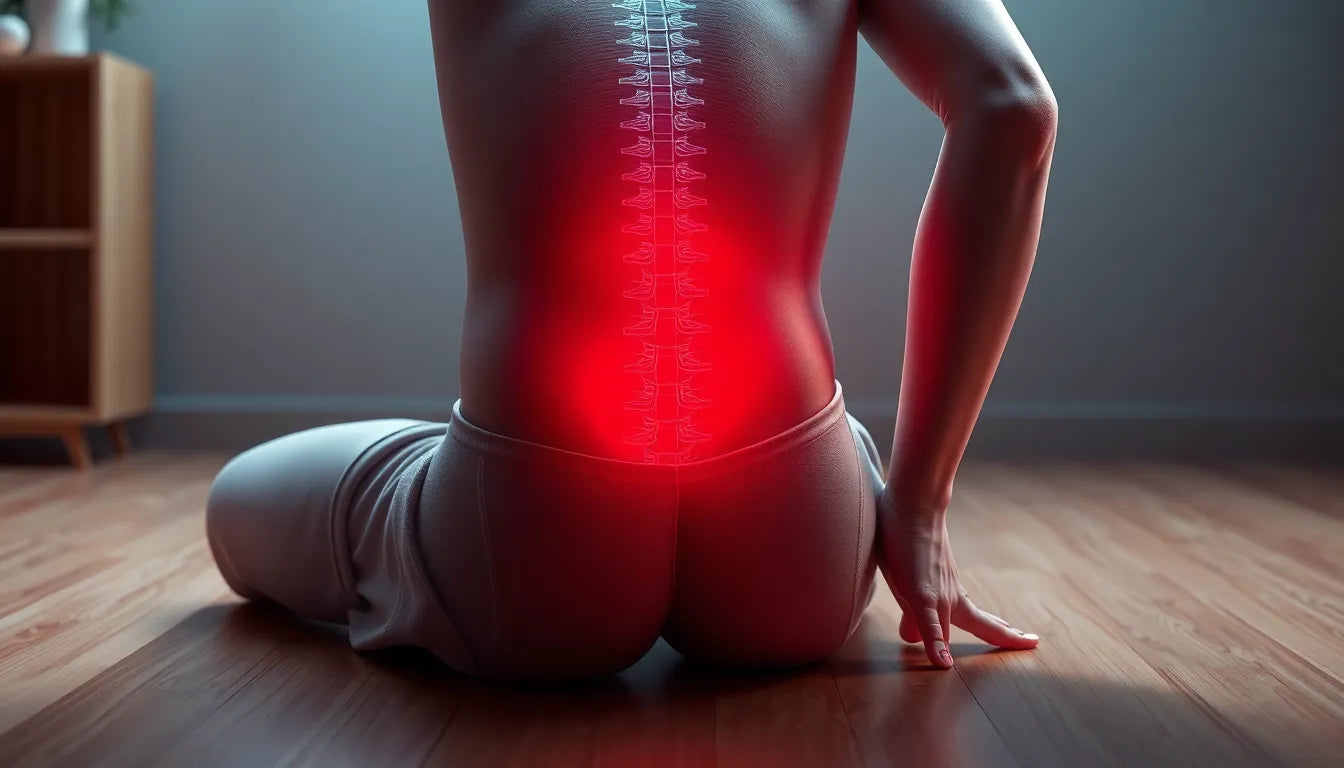A herniated disc in the neck, commonly referred to as a cervical herniated disc, is a condition that involves the intervertebral discs located in the cervical spine. These discs act as cushions between the vertebrae, providing flexibility and absorbing shock. Each disc is composed of a tough outer layer called the annulus fibrosus and a soft, gel-like center known as the nucleus pulposus. When a disc herniates, the nucleus pulposus protrudes through a tear in the annulus fibrosus, potentially encroaching on nearby nerve roots or the spinal canal.
common causes of cervical herniated discs
The development of a herniated disc in the neck can often be attributed to several factors. Aging is a primary cause, as the discs naturally degenerate over time, losing hydration and elasticity. This degeneration makes them more susceptible to tears and herniation. Additionally, degenerative changes in the spine, such as osteoarthritis, can contribute to the weakening of the disc structure.
Trauma is another significant factor, where sudden impacts or injuries can cause the disc to rupture. Furthermore, lifestyle choices, such as poor posture or repetitive strain from activities like prolonged computer use, can increase the risk of developing a herniated disc. These factors can place undue stress on the cervical spine, leading to disc damage over time.
importance of understanding herniated discs
Recognizing and understanding the symptoms of a herniated disc in the neck is crucial for early intervention and effective management. Early detection can prevent the condition from worsening and reduce the risk of complications such as nerve damage or chronic pain. Symptoms may vary depending on the severity and location of the herniation, but they often include neck pain, numbness, tingling, and weakness in the shoulders, arms, or hands.
This blog post aims to provide a comprehensive understanding of cervical herniated discs, exploring their causes, symptoms, and potential solutions. By gaining insight into this condition, individuals can take proactive steps to manage their symptoms and maintain their quality of life.
symptoms and clinical presentation of a herniated disc in the neck
A herniated disc in the neck can manifest through a variety of symptoms, often depending on the specific nerve roots affected. Commonly, individuals experience neck pain that may radiate to the shoulders, arms, or hands. This pain is frequently accompanied by numbness or a tingling sensation, which can be particularly distressing. Moreover, weakness in the muscles served by the affected nerves might occur, potentially impacting one's ability to perform everyday tasks.
In more severe cases, a cervical herniated disc can lead to myelopathy, a condition where the spinal cord is compressed. Symptoms of myelopathy can include gait disturbances, difficulty with fine motor skills, or even loss of bladder or bowel control. These symptoms necessitate immediate medical attention, as they can indicate significant nerve or spinal cord involvement.
diagnosis process for cervical herniated discs
The diagnosis of a herniated disc in the neck typically begins with a thorough clinical examination by a healthcare professional. This exam includes assessing the patient's medical history, symptoms, and physical abilities. Neurological tests are often conducted to evaluate reflexes, muscle strength, and sensory function, helping to pinpoint the affected nerve roots.
If further investigation is needed, imaging tests such as Magnetic Resonance Imaging (MRI) or Computed Tomography (CT) scans may be ordered. These imaging modalities provide detailed views of the cervical spine, allowing for the visualization of disc herniation and any associated nerve compression. The information gathered from these tests is crucial in confirming the diagnosis and guiding treatment decisions.
treatment options for managing herniated discs in the neck
conservative management strategies
For many individuals, conservative management is the first line of treatment for a herniated disc in the neck. Rest and activity modification can help alleviate symptoms and prevent further injury. Physical therapy is often recommended to strengthen the neck muscles and improve flexibility, which can reduce pressure on the affected disc.
Medications, such as nonsteroidal anti-inflammatory drugs (NSAIDs) or corticosteroids, may be prescribed to manage pain and inflammation. Additionally, ergonomic aids, like neck supports or specially designed pillows, can provide relief by maintaining proper neck alignment during daily activities.
advanced treatment options
When conservative measures fail to provide sufficient relief, more advanced treatments may be considered. Epidural steroid injections can be used to deliver medication directly to the site of inflammation, offering temporary pain relief and reducing swelling around the affected nerves.
In cases where symptoms persist or worsen, surgical intervention might be necessary. Surgical options, such as discectomy or cervical fusion, aim to remove the herniated portion of the disc and stabilize the spine. Surgery is typically reserved for individuals who experience significant neurological deficits or when other treatments have proven ineffective.
Understanding the comprehensive range of symptoms, diagnostic processes, and treatment options for herniated discs in the neck is essential for effective management and recovery. By recognizing the signs early and seeking appropriate medical care, individuals can improve their chances of a successful outcome and return to their daily activities with minimal disruption.
Prevention and lifestyle modifications for cervical herniated discs
Preventing a herniated disc in the neck involves adopting lifestyle habits that promote spinal health and reduce strain on the cervical spine. Maintaining good posture is paramount, especially for those who spend extended periods sitting at a desk or using electronic devices. Ensuring that your workstation is ergonomically designed can significantly reduce the risk of disc herniation. This includes adjusting the height of your chair and monitor to keep your head aligned with your spine.
Regular exercise is another vital component of prevention. Engaging in activities that strengthen the neck and back muscles can provide better support for the spine, reducing the likelihood of disc injury. Incorporating flexibility exercises, such as yoga or Pilates, can also improve spinal mobility and resilience.
For individuals with sedentary lifestyles, taking frequent breaks to stand, stretch, and move around is crucial. This practice helps alleviate the pressure on the cervical discs and promotes circulation, which is beneficial for disc health. Additionally, avoiding repetitive neck movements or heavy lifting without proper technique can prevent undue stress on the cervical spine.
Concluding remarks on managing herniated discs in the neck
Understanding and managing a herniated disc in the neck requires a proactive approach. Recognizing early symptoms and seeking timely medical advice can prevent the progression of the condition and reduce the risk of complications. With a combination of lifestyle modifications, conservative treatments, and, if necessary, advanced medical interventions, individuals can effectively manage their symptoms and maintain a high quality of life.
It is essential to consult healthcare professionals for personalized advice and treatment plans. By doing so, individuals can ensure that they are taking the appropriate steps to address their specific needs and circumstances.
Frequently Asked Questions
What is the difference between a herniated disc and a bulging disc?
A herniated disc occurs when the nucleus pulposus protrudes through a tear in the annulus fibrosus, potentially compressing nearby nerves. A bulging disc, on the other hand, involves the disc protruding outward without a complete rupture. While both conditions can cause similar symptoms, a herniated disc is generally considered more severe due to the potential for nerve compression.
Can a herniated disc in the neck heal on its own?
Yes, many cases of herniated discs in the neck can heal naturally over time with conservative treatment. Rest, physical therapy, and medications can alleviate symptoms and support the healing process. However, recovery time can vary, and some individuals may experience persistent symptoms that require further medical intervention.
When should I consider surgery for a herniated disc in the neck?
Surgery is typically considered when conservative treatments fail to relieve symptoms, or if there are significant neurological deficits, such as severe weakness, numbness, or myelopathy. A healthcare professional can help determine the appropriate timing for surgical intervention based on the severity and progression of symptoms.
How can ergonomic aids help with a herniated disc in the neck?
Ergonomic aids, such as neck supports, specially designed pillows, and adjustable workstations, can help maintain proper neck alignment and reduce strain on the cervical spine. These aids can alleviate symptoms by promoting a neutral posture and minimizing stress on the affected disc during daily activities.
Sources
- UF Health. "Cervical Herniated Disk."
- WebMD. "Herniated Cervical Disk: Symptoms and Causes Explained."
- Columbia Doctors. "Cervical Disc Herniation Information & Treatment."
- Cleveland Clinic. "Herniated Disk (Slipped or Bulging Disk)."
- Merck Manuals. "Cervical Disc Herniation."
- Advanced Spine Center. "Cervical Herniated Disc Symptoms & Treatments."
- Spine-Health. "Cervical Herniated Disc Symptoms and Treatment Options."



